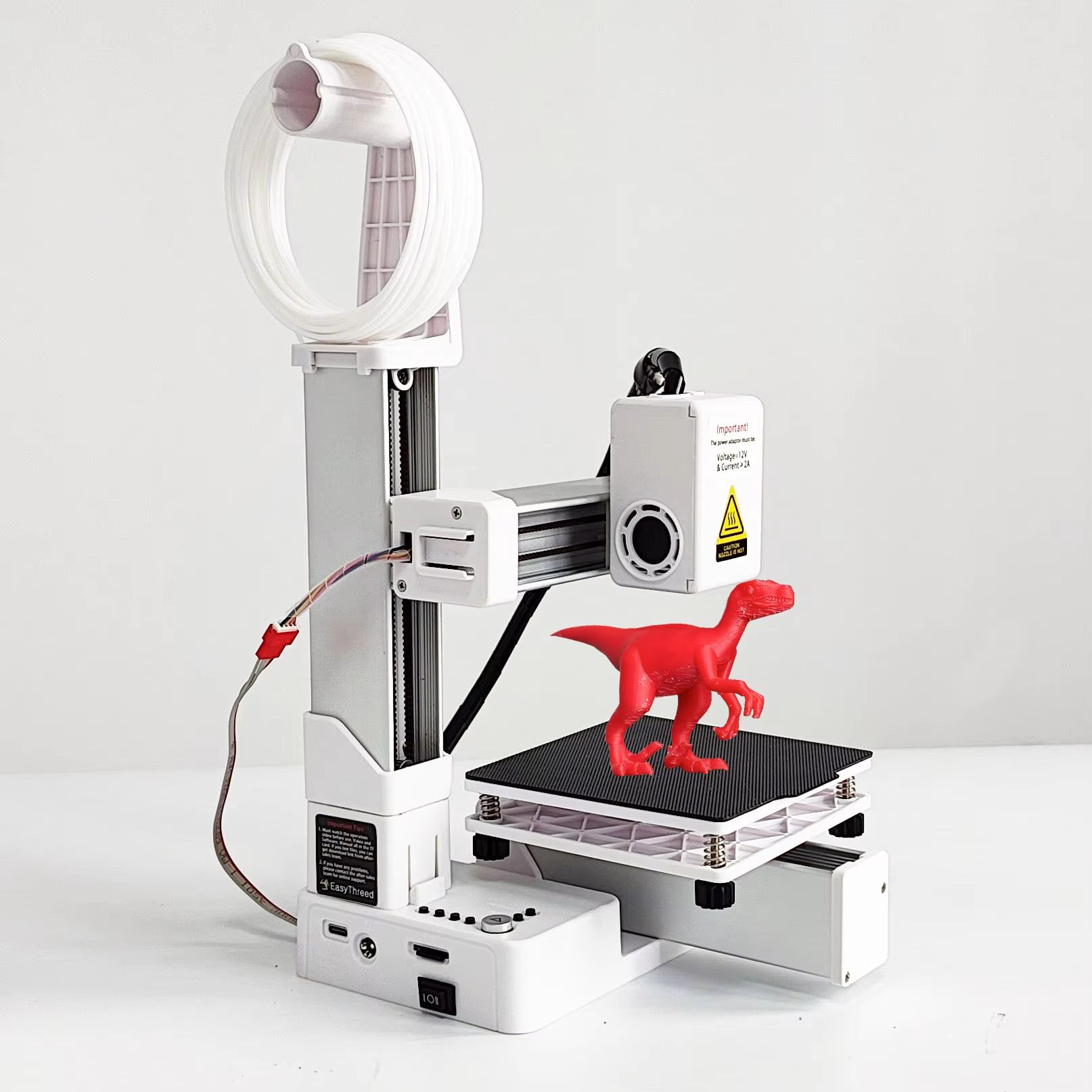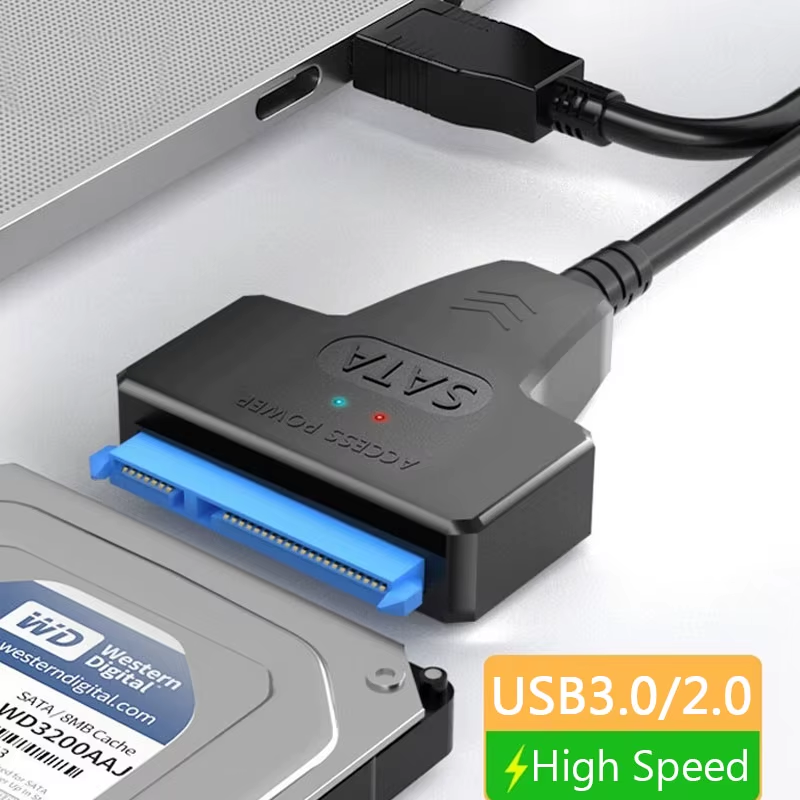Read more at:
Dozens of new Android phone models are launched every year by both established and upstart smartphone brands. Most brands launch phones across price segments and varying form factors. Some have incremental changes, whereas others stuff in bigger upgrades to make them more enticing to the buyers. So, the process of choosing a new smartphone for yourself can quickly become overwhelming instead of exciting. If you plan on buying a new smartphone, you’re bound to have a lot of questions.
For example, should I save money with the base model or pay extra for a higher storage variant? Is it better to wait for a few months for a deal to save a few bucks? More importantly, what specs and factors to consider when buying a phone? Due to the lack of answers to these and many other queries, people often end up making mistakes that cost them in the long run, and often force them to upgrade to their next phone sooner than needed. Owing to this, we decided to put together a guide on how you can avoid common mistakes people make while buying a new Android phone.
Not considering storage needs
With more and more apps and games taking gigabytes of space and our ever-growing photo libraries requiring lots of storage, many folks often underestimate just how much storage space they will need on their new smartphone. While storage issues were easily fixable on the older smartphones when microSD card slots were common, it’s become relatively rare to get a microSD card slot in a modern smartphone — especially the ones available in North America.
So, if you don’t want to deal with low-storage errors and then figure out what to delete or offload, it’s best to pick the right storage variant of your next phone. If you have the budget, you can opt for the bigger-than-expected storage model to be on the safer side — especially if you have dealt with storage issues in the past. On the other hand, if you are someone who mostly relies on cloud storage and doesn’t use local storage much, there is little reason to shell out more for extra storage. Most phones have 128 GB of storage in their base models, and that can be plenty for many people.
Not waiting for deals and discounts
Buying a new smartphone on launch day or within a few weeks of its release, without waiting for any significant deals or discounts, can be a mistake. It’s pretty common for most Android phones to get discounts or price cuts within a few months of their release. So, unless you have an immediate need for a new phone, it’s best to resist the urge and wait for a bit to get a better price.
Sometimes, you may be able to score a great trade-in deal or receive extra accessories as gifts while pre-ordering a phone. However, it’s often better to save hard cash when you buy the phone a few months after the launch. Moreover, if you can time your purchase during major sale events, such as Black Friday, Cyber Monday, and Amazon’s Prime Day events, you can get much sweeter deals and save a decent chunk of change.
Ignoring software support
Outdated software can not only make you feel like you’re missing out on the latest apps and features but also put your phone at increased risk of malware and other threats. So, it’s a mistake not to consider a manufacturer’s software update policy for a phone before purchasing it, unless, of course, you plan to upgrade to another phone in a year or two. While it’s becoming common for at least some manufacturers to promise four to five or even seven years of software updates for their smartphones, there are still many smartphone makers that only deliver a couple of years or less of updates.
However, as Android phones have reached a level of maturity that they can last more years than ever without problems, you need software updates to ensure they remain up to date to deal with security issues, provide compatibility for the latest apps, and deliver performance enhancements. So, prioritize a phone with prolonged software support if you plan on using your phone till it breaks.
Blindly trusting specs for performance and quality
Focusing too much on the numbers in a phone’s specifications sheet can be a mistake, as raw specs don’t always tell the full story. For example, a 100 megapixel camera won’t necessarily deliver better pictures than a 48 MP or 12 MP camera. Similarly, you are not guaranteed better battery life with a phone featuring a 5,500 mAh battery over one with a 5,000 mAh battery. Software optimizations play an important role in almost every smartphone component’s performance as much as the raw hardware.
As you may remember, Pixel phones for a long time delivered industry-leading photo quality thanks to their impressive computational photography software with relatively lower-resolution cameras compared to the competition. So, when you’re picking up a smartphone, it’s best to consult multiple reviews from reputable publications as well as actual feedback from verified buyers to get an idea of how the phone performs in the real world, instead of how big the numbers are on marketing billboards.
Ignoring your actual needs
Another costly smartphone-buying mistake a lot of people make is not considering their actual needs and going with whatever is popular — even if it means stretching their budget. It’s a good idea to be realistic and consider what exactly you are going to use your smartphone for. Are you planning to use your phone only for calls, texts, social media, and streaming apps? Are you into serious mobile gaming? Or do you frequently do a lot of your work on your phone? Answers to these and other similar questions can help you better select your next purchase and probably save you some money. After all, most cheap Android phones are quite capable these days, and often include features that trickle down from last year’s flagships.
Depending on your needs, you can look specifically for good cameras, an excellent display, tons of processing power, or a long battery life. If having more screen real estate is helpful for your work and you have a significant budget, you can also consider foldable phones, which essentially give you a tablet-sized screen in a compact form factor.


